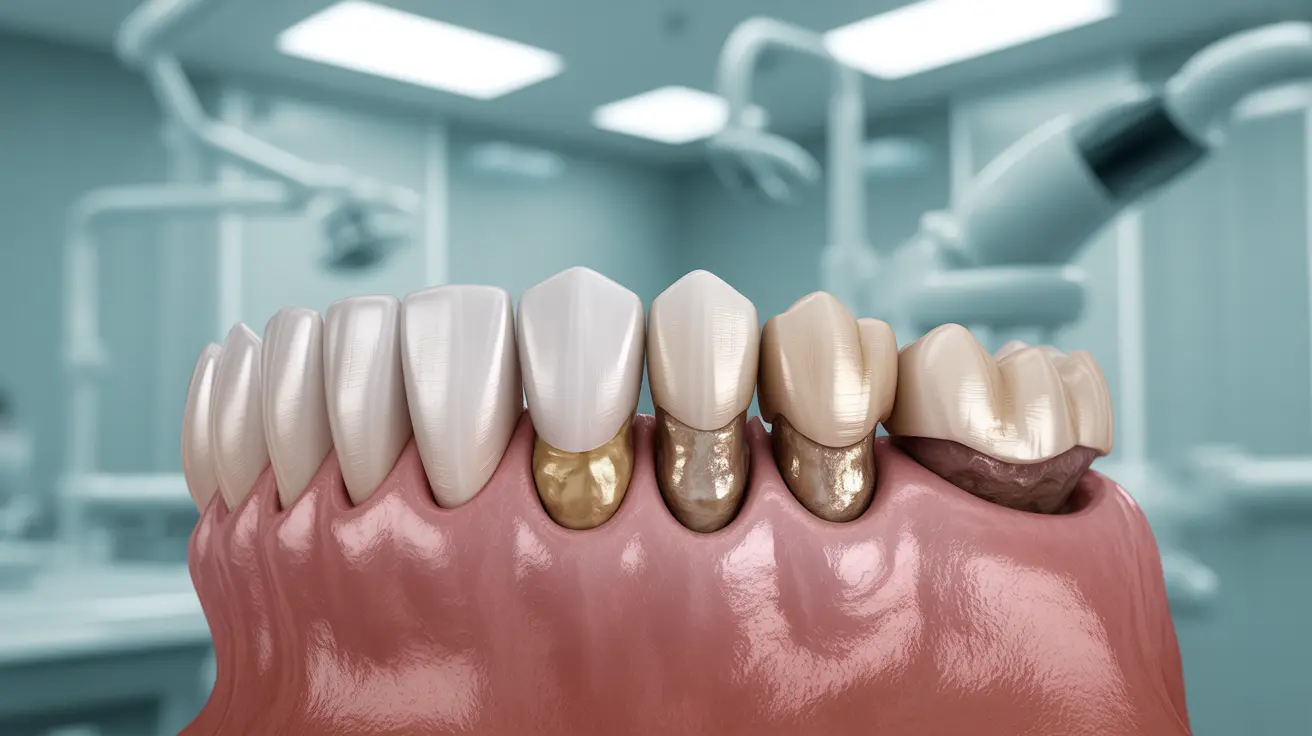Hutchinson teeth represent a distinctive dental condition primarily associated with congenital syphilis, characterized by specific developmental abnormalities in both baby and permanent teeth. This condition, first described by Sir Jonathan Hutchinson in the late 19th century, serves as an important diagnostic indicator for healthcare providers in identifying potential cases of congenital syphilis.
Early recognition and understanding of Hutchinson teeth are crucial for both medical professionals and parents, as proper identification can lead to timely intervention and appropriate treatment options. This article explores the causes, characteristics, and available treatments for this dental condition.
What Are Hutchinson Teeth?
Hutchinson teeth are characterized by several distinct features that set them apart from normal dental development. The most notable characteristics include notched or peg-shaped incisors, widely-spaced teeth, and potential discoloration or hypoplasia of the dental enamel.
These dental abnormalities primarily affect the permanent teeth, particularly the upper central incisors and first molars, though other teeth may also show signs of the condition. The appearance can vary significantly among affected individuals, ranging from subtle changes to more pronounced dental malformations.
Causes and Development
The primary cause of Hutchinson teeth is congenital syphilis, which occurs when a mother with syphilis passes the infection to her unborn child during pregnancy. The Treponema pallidum bacteria, responsible for syphilis, can affect the developing teeth buds in the fetus, leading to characteristic dental abnormalities.
Impact on Dental Development
The bacterial infection interferes with normal tooth development in several ways:
- Disruption of enamel formation
- Alteration of tooth shape and size
- Interference with proper dental spacing
- Modification of tooth bud development
Diagnosis and Clinical Signs
Healthcare providers typically identify Hutchinson teeth through careful dental examination and assessment of other clinical signs of congenital syphilis. The diagnosis often involves:
- Visual examination of tooth structure
- Evaluation of dental spacing and alignment
- Assessment of enamel quality
- Review of medical history
- Blood tests to confirm congenital syphilis
Treatment Approaches
Treatment for Hutchinson teeth typically involves a comprehensive approach combining medical management of the underlying condition with dental restoration techniques. The specific treatment plan depends on the severity of dental abnormalities and the patient's age.
Dental Restoration Options
Modern dentistry offers several solutions for improving the appearance and function of affected teeth:
- Dental bonding
- Veneers
- Crowns
- Orthodontic treatment
- Cosmetic contouring
Prevention and Early Intervention
Prevention of Hutchinson teeth primarily focuses on preventing congenital syphilis through proper prenatal care and screening. Regular prenatal check-ups and appropriate antibiotic treatment for mothers with syphilis are essential preventive measures.
Frequently Asked Questions
What causes Hutchinson teeth and how is it linked to congenital syphilis? Hutchinson teeth are directly caused by congenital syphilis, occurring when the Treponema pallidum bacteria from an infected mother affects the developing tooth buds of the fetus during pregnancy.
What are the main symptoms and dental signs of Hutchinson teeth in children? The main signs include notched or peg-shaped incisors, widely-spaced teeth, and potential enamel defects. The upper central incisors and first molars are typically most affected.
How do dentists treat Hutchinson teeth and what dental restoration options are available? Dentists use various restoration techniques including dental bonding, veneers, crowns, and orthodontic treatment. The specific approach depends on the severity of the condition and the patient's age.
Can Hutchinson teeth be prevented before birth, and what steps should pregnant women take? Prevention focuses on proper prenatal care, including regular syphilis screening and immediate treatment if infection is detected. Pregnant women should attend all scheduled prenatal appointments and complete any prescribed antibiotic treatment.
At what age do Hutchinson teeth usually become noticeable, and what should parents do if they suspect this condition? Hutchinson teeth typically become noticeable when permanent teeth emerge, usually between ages 6-8. Parents who suspect this condition should seek immediate evaluation from both a pediatrician and a dentist for proper diagnosis and treatment planning.




